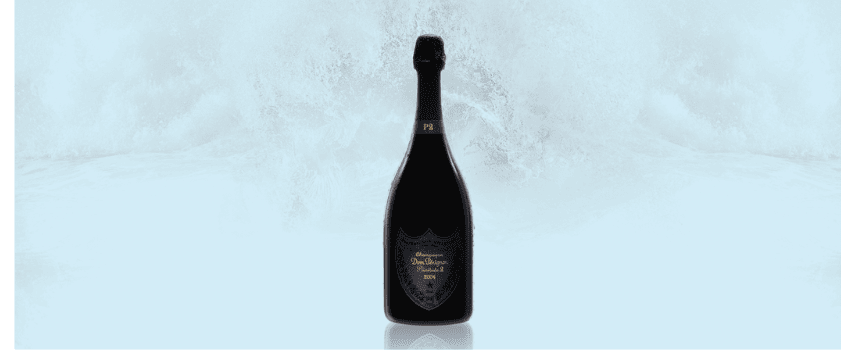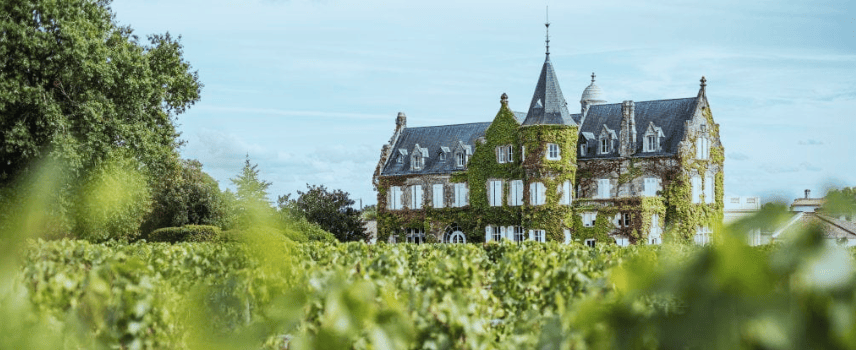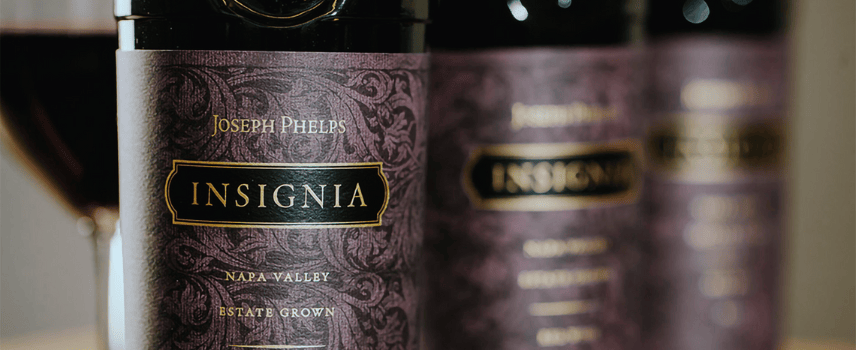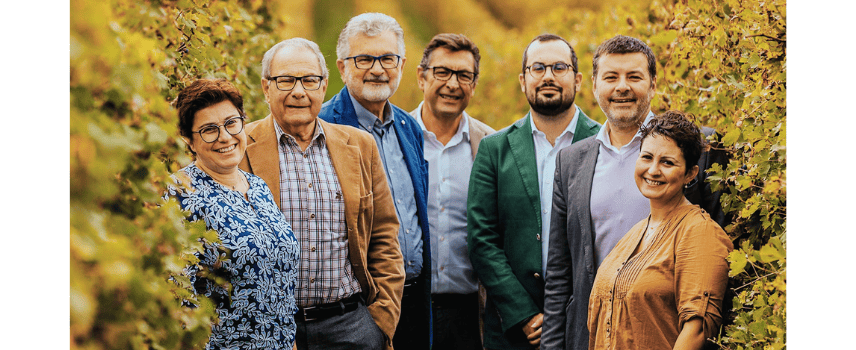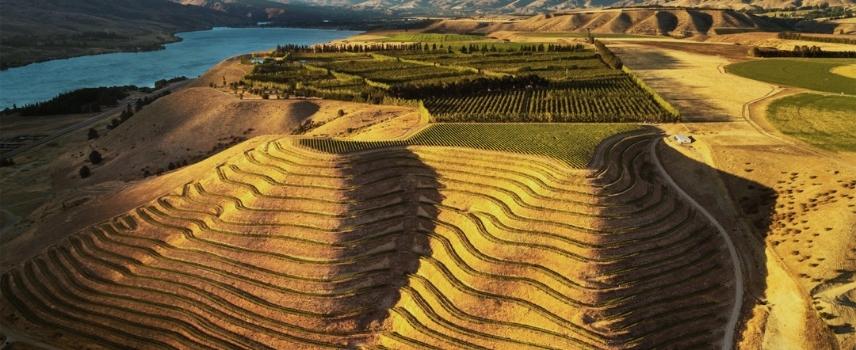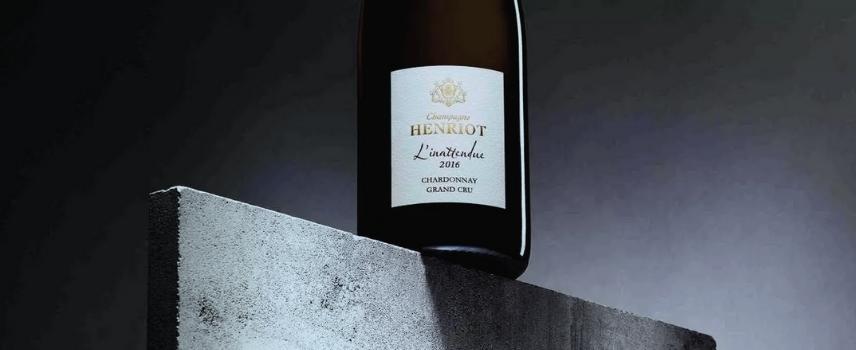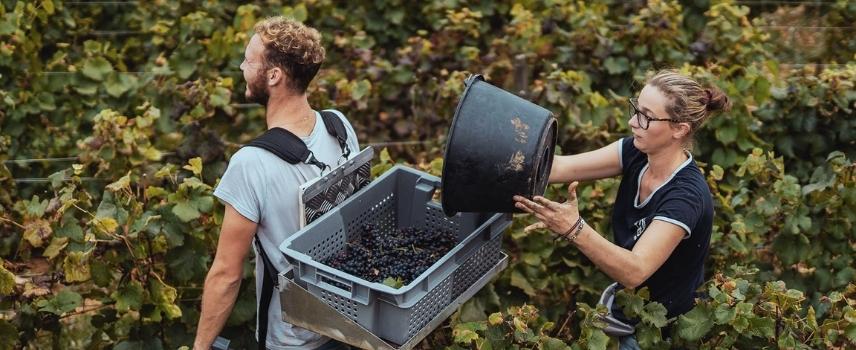Dom Pérignon is launching its new 2004 Vintage Plénitude 2 (P2) Champagne this month in Hong Kong where the prestigious Champagne house has also announced its brand new member of the Hong Kong Dom Pérignon Society.
The Plénitude 2 wines represent the Champagne being ‘elevated to its second life’. With ‘close to 15 years of slow transformation in the cellars’, the wines take on a new ‘vitality’ with this extra maturation.
This launch focuses on the 2004 vintage, a year which the maison commented on as being ‘a year of renaissance and calm’. While August was cooler than normal, the weeks that superseded it brought a dry heat that allowed the vines to grow the ripest and fullest fruit.
The house has now released its tasting notes for the new 2004 expression which has some 18 years of age. On the nose, expect ‘citrusy notes of pink grapefruit and blood orange, which gently cede to figs’. There’s also plenty of brioche and roasted nuts on the palate with this new release ending with an elegant finish.
William Kelley at Wine Advocate awarded this new 2004 vintage 95 points and proclaimed that it is ‘drinking beautifully on release’.
The Dom Pérignon Society is a global network of top chefs and proponents whose main focus is on Plénitude 2. The newest member of this elite group, which comprises 64 global chefs and restaurants, is Chef Julien Tongourian who works at Hong Kong’s L’Atelier de Joël Robuchon.
Tongourian will now join his two fellow Hong Kong counterparts: Chef Maxime Gilbert of two Michelin-starred Écriture and Chef Richard Ekkebus at Amber at Landmark Mandarin Oriental which also has two Michelin stars.
To launch the 2004 Dom Pérignon P2, each of the three Dom Pérignon Society Members in Hong Kong have created a special menu to accompany this new Champagne release. Each menu will represent an interpretation of a key moment in each of the Chefs’ careers. The menus are available now at the above three Hong Kong restaurants for a limited time.
Read more news from the Champagne world in this recent article about Champagne Henriot’s merger.
